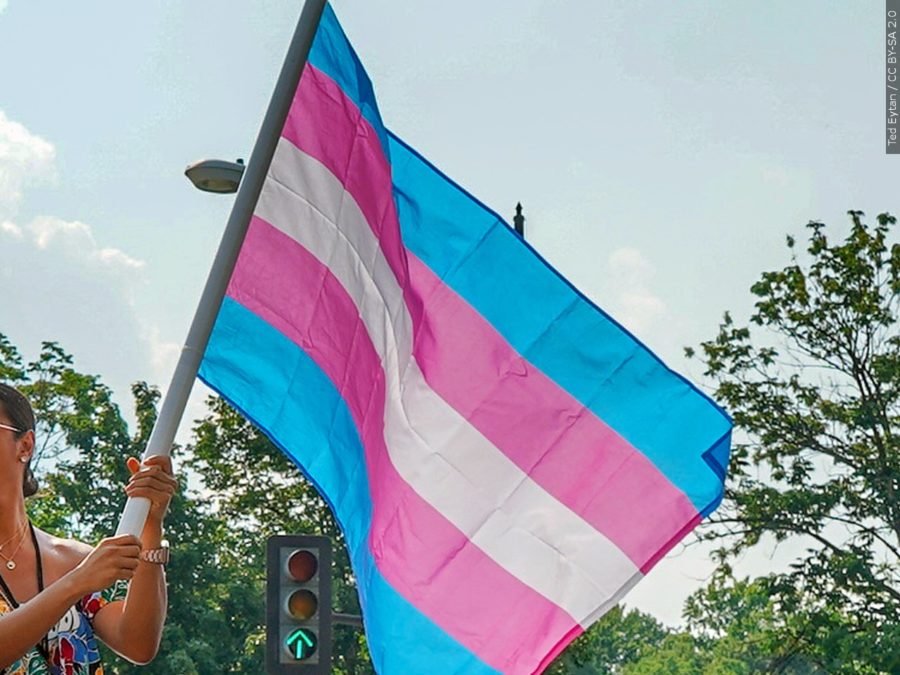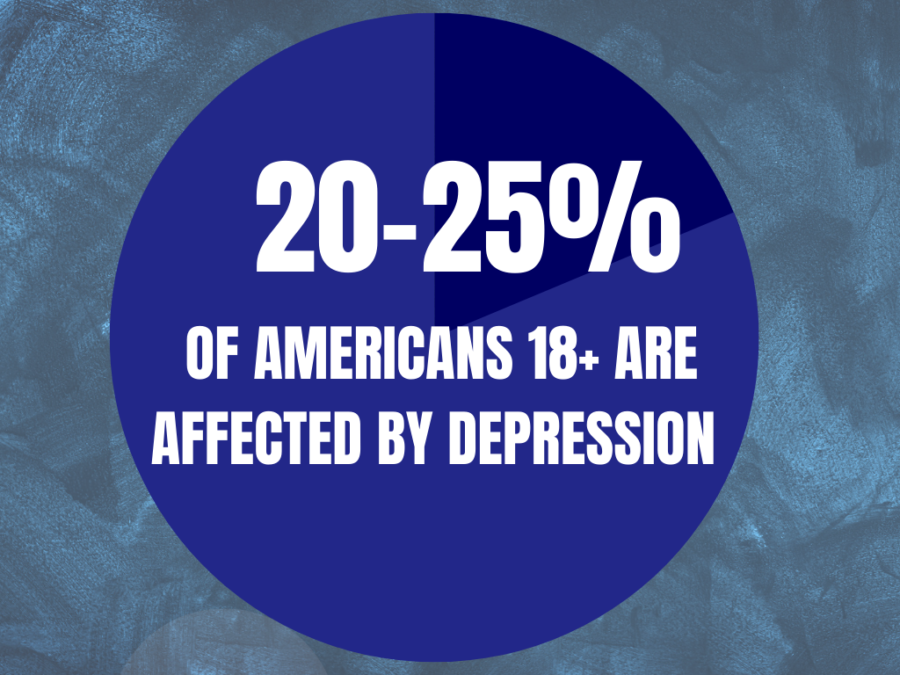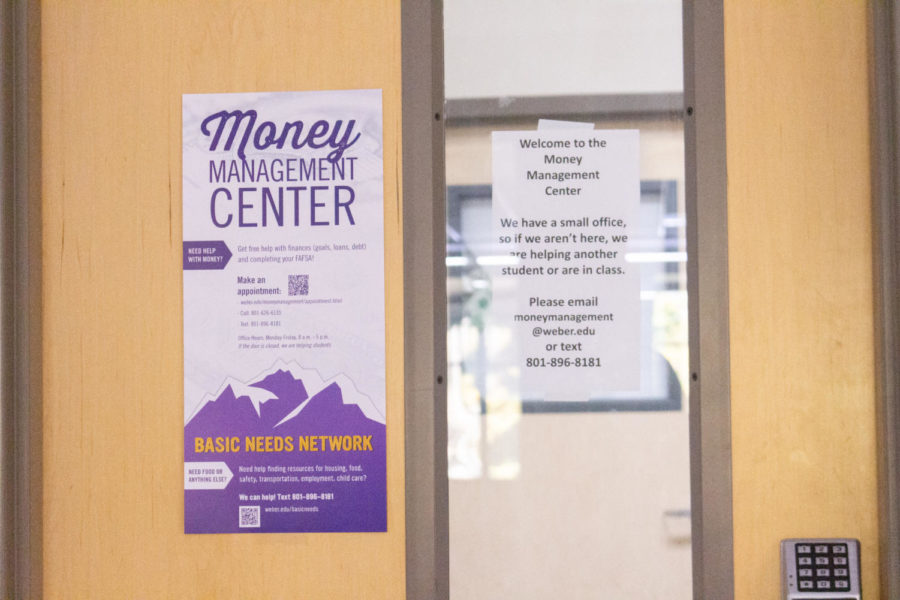
Over the past academic year, financial aid at Weber State University has undergone several changes. Beginning in Fall 2018, all freshman, out-of-state students who qualified for a scholarship were given a four-year award instead of the previous scholarship structure that required students to renew their scholarship every year.
Starting this semester, Fall 2019, qualified freshman, in-state students will also be awarded with a four-year award.
Students who were previously enrolled at WSU do not have a four-year award. Instead, they will need to continue to renew their scholarships yearly, as in years previous.
While recipients under the new system don’t have to reapply year after year for their awards, students with a four-year award will still need to maintain good academic standing, full-time enrollment and a 2.5 GPA minimum.
Previously, the plan was to lower the original 150 percent cap on student awards to 125 percent in the 2018-19 academic year and then lower it again to 100 percent in the academic year of 2020-21.
However, in Spring 2019, Provost Madonne Miner stated that the university was not going to lower the 125 percent cap as planned.
Faculty, staff and students expressed concern about the lowered cap. With many students using these funds to pay for other incurred expenses, such as books and living expenses, students could experience detrimental effects from not receiving money they could have.
“We’re hearing from faculty and staff on both ends of the spectrum,” President Brad Mortensen said, “whether the policy was disadvantaging underprivileged students or disadvantaging students with really high academic records.”
While waivers — both academic and activity — can’t be applied over the amount of tuition and fees, cash-based scholarships received from the university, such as departmental scholarships, can be paid to the student up to 125 percent.
All private scholarships through the institution are paid out to the student based on the contract the donor signed, regardless of the cap.
Lastly, the way scholarships “stack,” or in the order in which the scholarships are applied to students’ accounts, will remain as it was in Fall 2018.
Under the current award stacking system, if a student’s tuition and fees were $3,000 and they had a Pell Grant of $1,000, an academic award of $1,500, an activity waiver for $1,000 and a departmental scholarship of $1,000, the awards would stack as follows:
Academic Award
Pell Grant
Department Award
Activity waiver
The total amount the student earned would be $4,500. The tuition and fees are covered by taking the Academic Award first, then the Pell Grant and the first half of the departmental scholarship.
With the 125 percent cap, the student would take home the rest of the departmental scholarship, as it is a cash award. However, the activity waiver would not go home with students, because it is a waiver instead of a cash award.
With so much change in the past year, it can be hard to understand the dynamics. In addition, the Financial Aid office has resources to help students understand what they’re entitled to and how to best use their scholarship money. Below are the links to previous coverage of the changes.





















